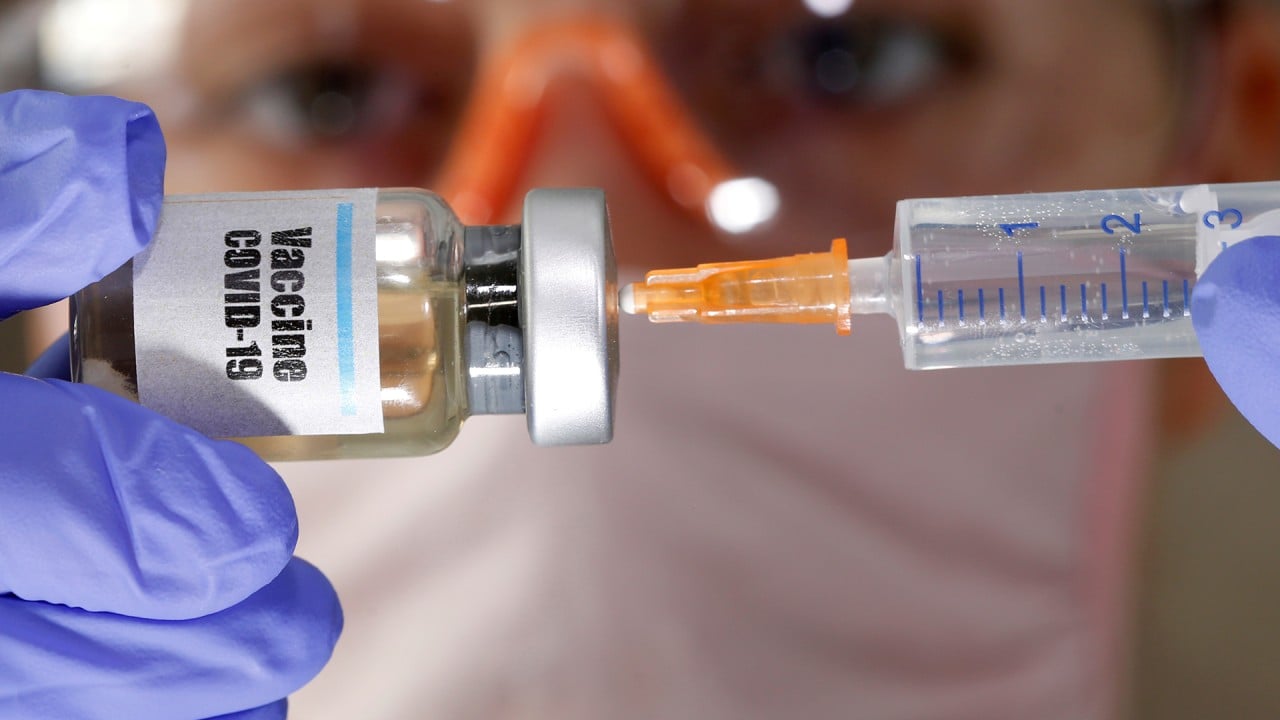
As world grapples with coronavirus pandemic, tuberculosis is having a resurgence
- Public health experts warn the deadly infectious disease is silently spreading and claiming more lives
- Resources have been diverted for Covid-19 and systems are overwhelmed, while lockdowns make it harder to get diagnosed and treated for TB
The World Health Organisation estimates that in 2018, some 10 million people fell ill with TB – a bacterial infection that usually attacks the lungs – and 1.5 million people died of the disease globally.
But experts fear the coronavirus pandemic has made the situation much worse this year.
“We don’t know what the number will be but the prediction is it will be much higher than [2018, the most recent available data] because of the incredible destruction by the Covid-19 pandemic, the lockdowns and restrictions many countries had to impose,” said Madhukar Pai, director of the McGill International TB Centre at McGill University in Canada.

Pai said the public health systems of many countries, including China, had been overwhelmed by Covid-19, and had little capacity left to deal with tuberculosis.
He noted that TB wards were being used to treat Covid-19 patients, and the priority for health care workers and laboratories was fighting and testing for the new infectious disease.
“With all this you can see a huge decline of new [TB] cases reported to any health system. New patients are not getting diagnosed,” Pai said.
Tuberculosis crisis in India: disease that kills the most people in the world gains ground
Lockdowns have also taken a toll. India had about a quarter of the world’s TB cases in 2018, at nearly 270,000. The number of new TB cases fell significantly when the country went into lockdown in March, Pai said.
But those diagnosed with tuberculosis have struggled to get the drugs they need to continue treatment for the disease, which can take from six months up to two years if they have drug-resistant TB.
“The longer the lockdown continues, the greater difficulty for patients to get their drugs. So the treatment completion is likely to go down dramatically in the next weeks,” Pai said.
Cases are predicted to rise worldwide as resources are diverted for the coronavirus.
One study in May – by the Stop TB Partnership, Imperial College London and Johns Hopkins University – estimated that an average three-month lockdown and 10-month recovery period could lead to an additional 6.3 million cases of TB worldwide between 2020 and 2025.
WHO data shows coronavirus cases, deaths slowing in most regions
In China, where some 866,000 people contracted TB in 2018, there are indications that Covid-19 has had an impact on the identification and treatment of tuberculosis.
Huang Fei, a researcher with the Chinese Centre for Disease Control and Prevention, said the number of first visits to TB clinics in the first three months of the year fell by 260,000, from 700,000-800,000 in the previous quarter.
He said there could be a number of reasons for the drop, including lockdowns and travel restrictions, people avoiding the clinics because they feared catching Covid-19, and TB clinics being used to treat the new disease instead of tuberculosis.

06:17
‘Robust immune responses’ found in Covid-19 vaccine clinical trials point to 2021 release
Huang said the number of TB patients visiting clinics after two months of treatment had fallen in the first quarter, as had the percentage of tuberculosis patients getting tested for drug sensitivity – though it had been rising steadily over the past three years.
“The reason might be that the laboratories are focusing on Covid-19 testing but not screening for drug-resistant TB, or that no patients presented to do these tests, or the test samples were not delivered,” Huang said. “We’re working to find out the reasons.”
China could register a drop in TB patients for the first half of the year because fewer people were seeing doctors, but there could also be a spike in the rest of the year as they sought medical help, he added.
Tuberculosis vaccine may play role in reducing Covid-19 death rate, study says
The impact of the coronavirus pandemic on TB patients could continue next year, with Pai warning that severe disruptions to global transport might make it harder to get hold of medication.
He said the world relied on China for active pharmaceutical ingredients and raw materials, and on India to manufacture drugs, but the supply chain had been disrupted and India had not fully resumed production because of its prolonged lockdown.
“It’s going to be a huge problem. The world may see drugs out of stock next year,” he said.
Pai was also concerned about TB diagnostic companies switching over to Covid-19 testing and governments withdrawing or cutting funding to the WHO, which he said could have an impact on tuberculosis research and the distribution of drugs in the poorest countries.

